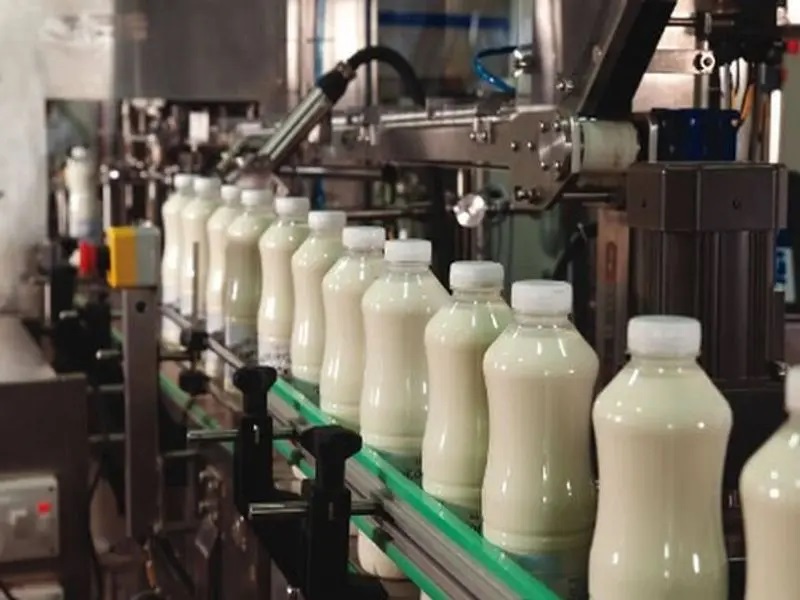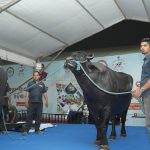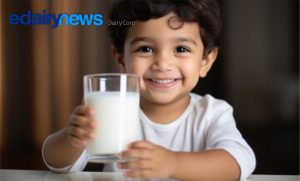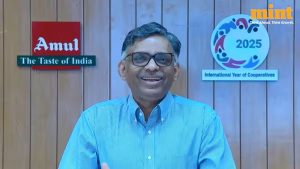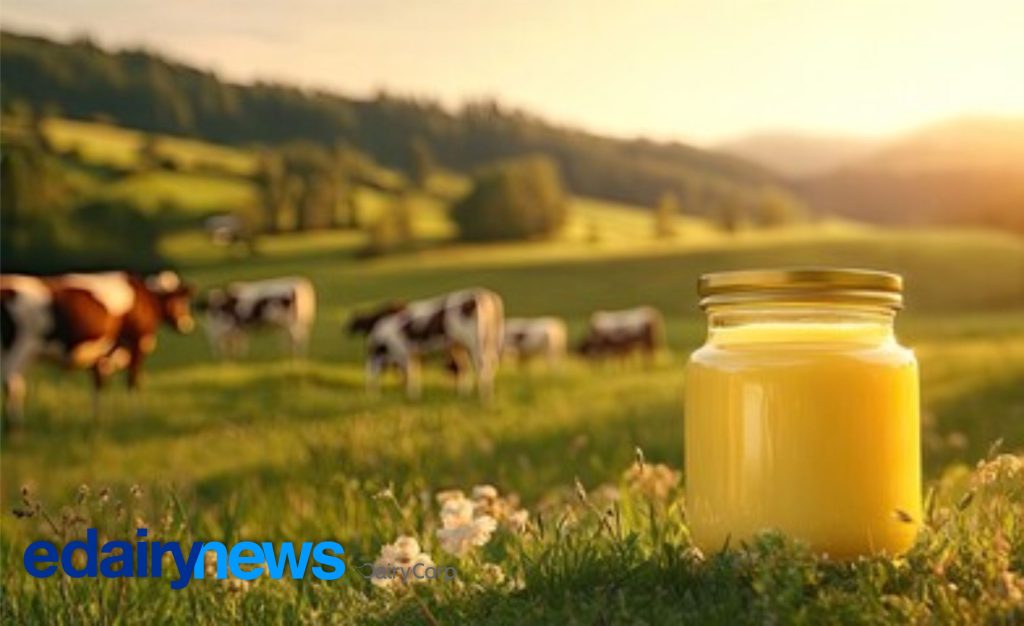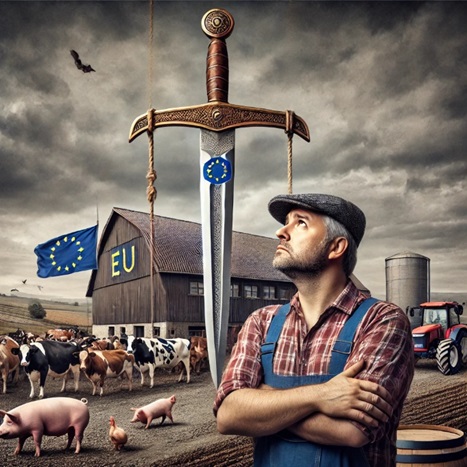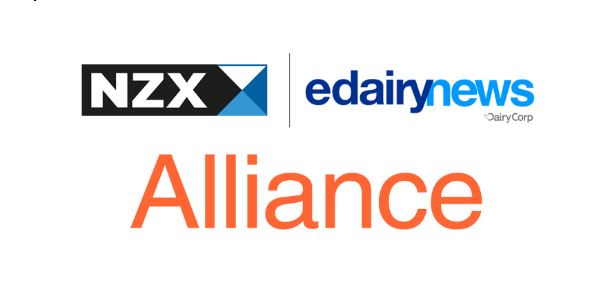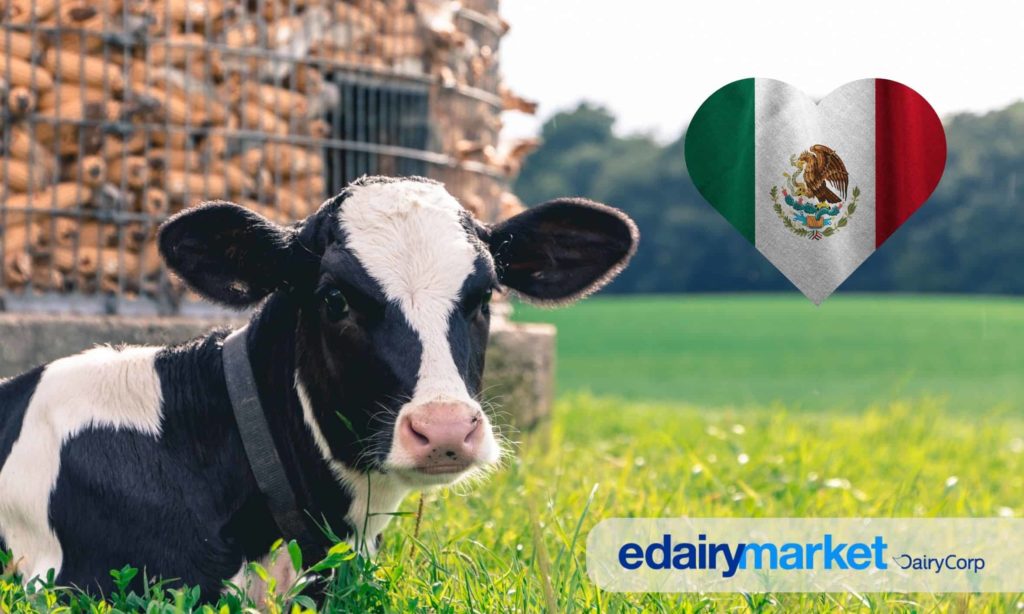
-
Clean milk supply skyrocketed from around 1910
The impact of milk on general life expectancy was perhaps first studied by John Christian Curwen (1756 – 1828). A 1825 book by J. Harding reports Curwen’s studies in the town of Kendal which “was the most abundantly supplied with Milk of any town in the kingdom”. Its milk consumption was “three times the proportion of the London consumption”. This led to “remarkable instances of longevity” and very low mortality among children under seven years of age.
But milk was a luxury. Going back in time to 1696, official records tell us that half of England’s population was starving. Then came capitalism from around 1700 with its vast improvements in agricultural productivity, leading to an explosion of population. But dire poverty remained – at the bottom of the ladder. Photographs taken in the latter half of the 19th century show poor English children in bare feet and tattered clothes. Many of them scavenged food from street dumps. In addition, many, if not most, infants at the time were weaned off breast milk after only for a few weeks because poor working women needed to work. But early weaning was also becoming fashionable for the rich.
There is an almost perfect match today between poverty levels globally and Vitamin A deficiency (VAD), as per World Health Organization charts. This tells us that VAD was widespread in Victorian England. As further proof, a steep gap existed in mortality rates across classes. A 1898 study in York showed that children of the poor had infant mortality rates of 247 per 1000 live births compared with only 173 for the rich. Richer parents could afford milk and better food.
Mothers were on the lookout for an alternative to breast milk but cow milk was not just expensive, it was contaminated by bacteria and often adulterated. Milk secreted by a cow is sterile but handling and transport of milk to towns leads to contamination. Bulk milk transported to cities had all kinds of bacteria including of diphtheria, septic sore throat, typhoid and bovine tuberculosis. Pasteurization had been discovered in 1864 but to operationalise it needed many things to happen: (a) clean water supplies in dairy farms, which only became available by the 1890s, (b) invention of machinery for large scale pasteurization, and (c) invention of bottles to distribute clean milk. All this came together by around 1900, with mass-scale milk production by around 1910 leading to lower prices.
It became commercially viable by that time to establish large milk businesses also because the demand for milk was rapidly rising. Women Health Visitors fanned out to the poorer streets, teaching women the importance of breastmilk – and in its absence, of clean cow milk. And the ability of workers to pay for milk was rising. Consequently, all forms of milk, including “[c]ondensed and evaporated milk … became popular around this time”. Charities had started programs to feed poor children from the mid-19th century, but it is unlikely (due to high costs) that milk was part of the meals they provided. Incrementally, though, local governments set up milk depots and in some cases supplied milk for poor school children. It is quite possible that school milk was partly driven by the dairy industry, with producers wanting to expand the market. The school milk program expanded in 1934 to the whole of England. While school milk constituted a small part of the overall increase in milk consumption since 1910, it likely had a disproportionate effect on measles mortality because it focused on undernourished children.
And so, VAD was almost entirely eliminated from England by around 1940, converting measles into a relatively harmless disease. Pictures taken in the 1940s show healthy working-class children, in tidy jackets and shoes.
Unfortunately, even then public health did not make the link between milk and the decline in measles mortality. M.W. Beaver did point out in 1973 that “cows’ milk has had an important part to play in the changes in the infant mortality in this country during the last two centuries” but his finding wasn’t focused on measles.
All that is water under the bridge. The answer is now crystal clear: milk it was. But it was not the only factor.
-
Hygiene and other factors
The second factor (after milk) for the reduction in measles mortality was a sharp increase in domestic hygiene. This happened for three reasons. First, paid and volunteer women went out under the Women Health Visitors program to educate the poor also in hygiene and disinfection. Second, technological advance enabled mass-production by 1900 of Sodium Hypochlorite – the main ingredient in cheap disinfectants even today. Third, the total fertility rate in the UK fell to around 3 children per woman by 1910. This allowed mothers more time and energy to look after their fewer children. In this process, not only was children’s immune system getting stronger (with milk), they were being less exposed to bacteria.
Increasing incomes, better housing and newer technologies such as refrigeration were other factors that helped.
-
A ‘positive health’ model for public health
This answer to the measles mystery leads us to an important message, that nutrition (via capitalism) and sanitary measures are vastly more important for human health than medicine or vaccines. Our public health paradigm must therefore undergo a reset, with primary focus on positive health based on capitalism and a good diet. The secondary focus would then be on prevention via sanitation, the voluntary uptake of vaccines, and the redesign of the hospital system to include isolation hospitals. Finally, doctors can deal with the few who fall sick. The current obsession of public health with quarantine and vaccines, as seen during covid, is simply not justified by the science.
-
Let’s have more milk and golden rice
Another implication is the need to bolster the dairy sector in the Third World. Closely linked is the need for golden rice to replace ordinary rice, since high levels of VAD are still found in the Third World. Unfortunately, golden rice – which is genetically engineered to include beta-carotene (which the body converts into Vitamin A) – is only approved for cultivation at present in the Philippines. India must do so immediately and, as I have repeatedly shown, the broader adoption of GM technology in agriculture is crucial if we are to bring down food prices and improve the health of the poor.
-
What about the elderly?
Can the elderly benefit from milk? It appears that around 15% of the elderly in the West suffer from VAD. It seems sensible that in such cases the deficiency should be reduced. But moderation might be in order since some research suggests that the liver of the elderly is less capable of eliminating the toxins when excess Vitamin A breaks down.
You can now read the most important #news on #eDairyNews #Whatsapp channels!!!
🇮🇳 eDairy News ÍNDIA: https://whatsapp.com/channel/0029VaPidCcGpLHImBQk6x1F
